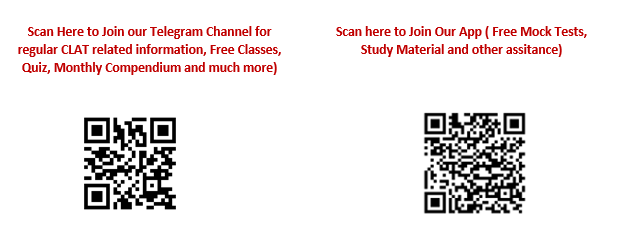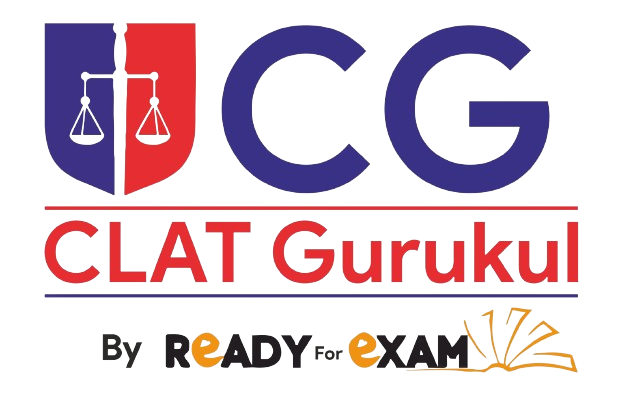Prime Minister Narendra Modi’s comments to an all-party meet on Friday, claiming there had neither been any intrusion by China nor was any intruder present, expectedly caused a political storm. Not only was the violence on the night of June 15 that claimed 20 Indian soldiers triggered by China erecting structures on India’s side of the LAC in the Galwan Valley, Chinese troops still remain present on Indian territory elsewhere in Ladakh, including on the northern bank of Pangong Lake. After the problems with his remarks were highlighted by the Opposition, the Prime Minister’s Office was moved to issue a much needed clarification on Saturday, stating the PM was only referring to the situation in the Galwan Valley “as a consequence of the bravery of our armed forces” that foiled a Chinese transgression. Even if the PMO attributed the political storm to “a mischievous interpretation”, it is more than clear that the PM did not choose his words carefully. In fact, his remarks have already been seized upon by the Chinese state media, and were seen as endorsing Beijing’s claims that its troops did not cross the LAC and justifying the People’s Liberation Army’s recent actions. The MEA issued its own statement on Saturday, reiterating that the Chinese had crossed the LAC and erected structures across the line.
While it should be obvious that any speech that requires no less than two clarifications has serious problems with its messaging, the controversy has only underlined the government’s poor communication on the border issue. The tragic loss of lives followed more than six weeks of tensions in the Galwan Valley. During this time, the public was kept in the dark about what was transpiring along the LAC. True, sharing every detail in the public domain is not possible when it comes to negotiating sensitive issues of national security. Indeed, the solution to the current crisis, and the disengagement that is needed urgently at various points along the LAC, can make progress only through diplomacy. At the same time, a blanket of silence hardly serves the government’s interests. The absence of timely and credible information will only fuel speculation and alarm. The silence has also triggered unseemly domestic politics and a blame-game, at a time when India is confronting possibly its biggest national security challenge since Kargil. Friday’s all-party meet was certainly a step in the right direction, even if it perhaps came a few weeks too late. India’s China policy may be approaching as significant an inflection point as 1988, which marked the normalisation of ties after 1962. Crafting the way ahead for the relationship after the worst violence since 1967 will require a measured appraisal of how to purposively engage India’s biggest and most powerful neighbour. This cannot happen by being in denial or by attempting to obscure facts. The first step to a solution is a realisation of the nature and the magnitude of the problem.
1. Which of the following can be inferred from the passage?
a. Chinese troops didn’t cross the LAC
b. PM was not aware of the Chinese intrusion.
c. The author belongs to the congress party.
d. PM had to clarify his speech on the situation of LAC more than once.
2. Which of the following can’t be inferred from the passage?
a. The author is a member of the congress party.
b. The author acknowledge the fact that sharing every detail in the public domain is not possible when it comes to negotiating sensitive issues of national security.
c. Many soldiers from Indian side died in the ongoing incursion with the Chinese troops.
d. PM clarified that his statement was made in relation to the Galwan valley only.
3. What is the role played by the claim that sharing every detail in the public domain is not possible when it comes to negotiating sensitive issues of national security in the argument?
a. It acts as a premise of the argument.
b. It acts as a conclusion of the argument.
c. Neither A nor B
d. Both A and B
4. Which of the following statement is the author most likely to agree with?
a. The Government of India should cut-off its ties with the Chinese government.
b. The governments should establish proper diplomatic channel to find the solution of the dispute.
c. The PM shouldn’t have clarified his statements made on Chinese intrusion.
d. The PM should stop all the trade relation with China for the time the tension persists.
5. What is the role played by the claim that PM’s remarks have already been seized upon by the Chinese state media, in relation to the conclusion?
a. It supports the conclusion by providing an example.
b. It supports the conclusion by providing a contradictory example.
c. It weakens the conclusion by providing an example.
d. It is unrelated to the conclusion.

Answers
1. D
2. A
3. A
4. B
5. A
